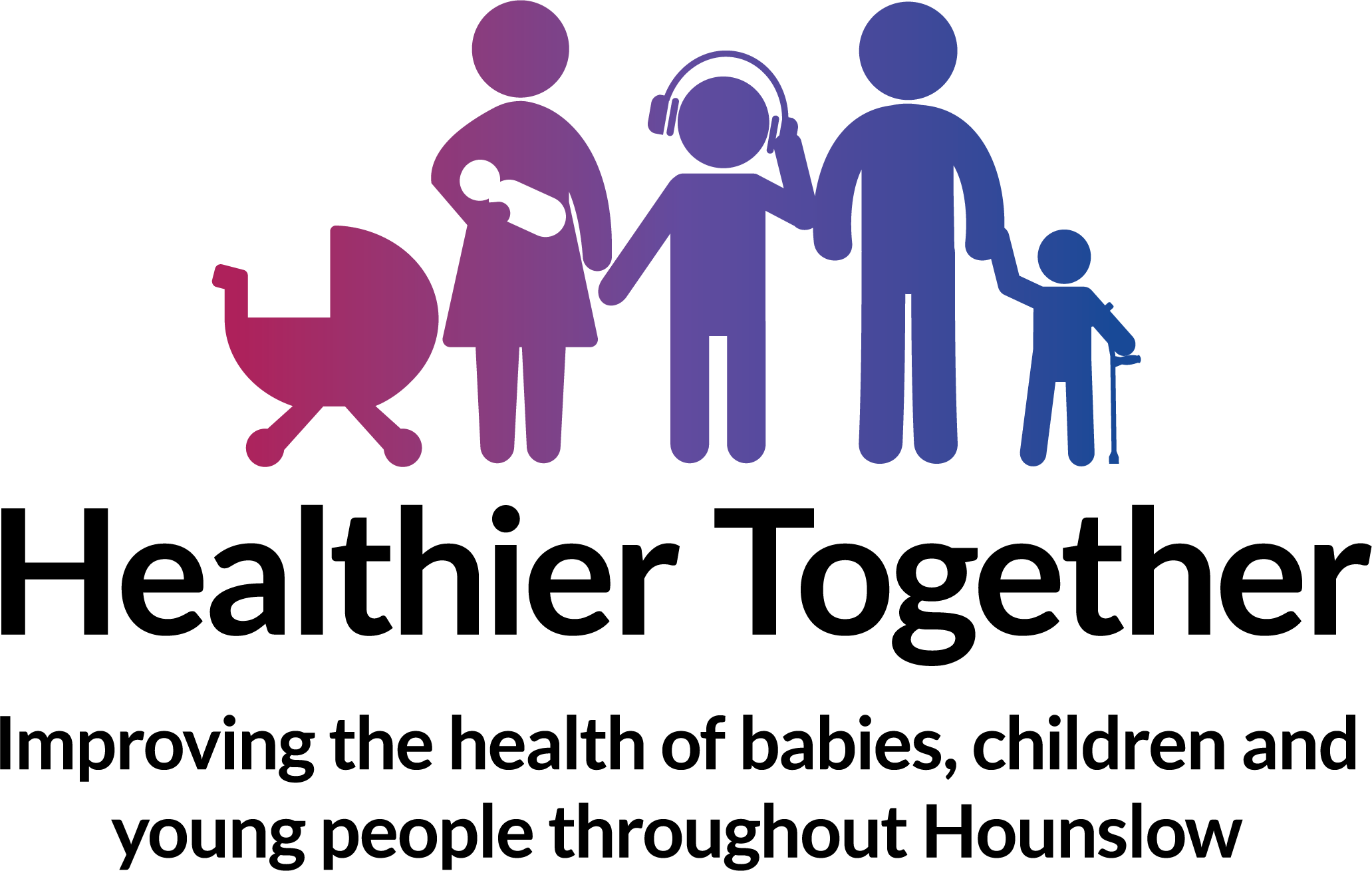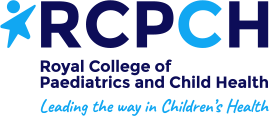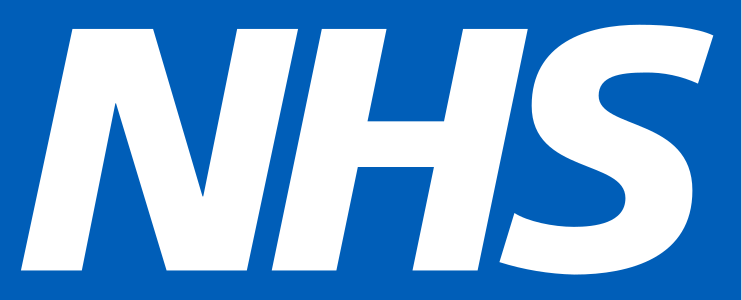Oral health for infants for school age (4 to 7)
How to brush your teeth
Key messages
- Children aged three and over should use a pea-sized amount of toothpaste containing more than 1000ppm fluoride
- Use a toothpaste containing 1350ppm to 1500ppm fluoride for maximum prevention. Most ‘own brand’ supermarket toothpastes are suitable and more affordable
- Choose a toothbrush with a small head. Grown-up toothbrushes are too big
- Brush all the surfaces of the teeth and gum line in small circles for around two minutes, at least twice a day, just before bedtime and at another time that fits in with your routine
- Brush all the surfaces of the teeth and gum line in small circles for around two minutes, twice a day - just before bedtime and at another time that fits in with your routine
- Spit out the toothpaste and do not rinse!
- Make sure you visit the dentist regularly to spot any signs of tooth decay
Visiting the dentist
Key Messages
- Children should have a regular check-up at the dentist at least once a year.
- NHS dental treatment is free for children under 18 or under 19 and in qualifying full-time education
- Some adults can also get free NHS dental treatment - Check if you are entitled to free NHS dental treatment on the NHS website
- Going to the dentist regularly helps the child become familiar with the dental environment, and allows the dentist to pick up on any problems as early as possible
- The dentist can paint fluoride varnish on children’s teeth to protect them from tooth decay. All children over three should have it applied at least twice a year, and it may also be used for younger children at high risk of tooth decay. Parents/carers should ask their dentist about fluoride varnish.
-
If your child is a pupil in Reception, year one or two, at an eligible school for the 2024 - 2025 scheme, you should have been contacted by the school and received a consent form for their fluoride varnishing. Please ensure you complete the form, so that your child does not miss out on this valuable opportunity to keep their teeth strong and healthy
Linked resources:
- To find your dentist add your postcode the NHS website.
- Hounslow Oral Health Promotion Team offer range of tailored educational oral health programmes and materials aimed for children, families, educational settings, and health professionals.
Tooth Decay
Key messages
Every time you eat or drink sugary food the bacteria in our mouths can turn it into acid that attacks our teeth and can cause decay.
Tooth decay can cause pain, infection, sleepless nights, time off nursery/school, and time off work for parents and carers.
Evidence has shown that applying fluoride varnish onto children’s teeth can help reduce tooth decay, especially if accompanied by good tooth brushing habits and a diet low in sugar.
Children with special or medical needs may be more at risk of tooth decay due to difficulties with brushing their teeth and medications that they may need to take.
Diet
Key messages
- Reduce the amount and frequency of having foods and drinks that contain sugar, only give sweet foods including dried fruit at mealtimes
- Squashes sweetened with sugar, fizzy drinks, soft drinks, and juice drinks have no place in a child’s daily diet
- Limit the amount of fruit juice and/or smoothies your child drinks to a maximum of 150mls (one portion) in total per day and drink it with meals to reduce the risk of tooth decay
- Your child should not be using a bottle at this stage
- Always ask for sugar-free medicines
Linked resources
- Find out more about sugar: the facts on the Eat Well website
- Watch the Healthy Eating Right from the Start video (from Henry)
- The Food Scanner app from Change4Life can help you check how much sugar your family is having.
- Diet advice for healthy teeth
Hounslow Oral Health Promotion Team
The Hounslow Oral Health Promotion Team offer a range of tailored educational oral health programmes and materials aimed for children, families, educational settings, and health professionals. Some of the programmes offered are:
- ‘How to Brush’ supervised tooth brushing in schools and nurseries
- Fluoride varnish school dental programme for children aged four to seven years old
- Parents and carers oral health and healthy eating workshops
- SEN schools’ oral health parent/teacher workshops and ‘How to brush’ programme for children
- Training all front-line staff working with children to be ‘Tooth Champions’ and providing them with tools and materials to enable them to spread the key oral health messages
- Hounslow Zoom Meetings. For the next Hounslow Zoom events, please contact the OHP Team.
- Contact Details: kendra.blinco@nhs.net
Special Care Dentistry
Some dentists can treat children with special needs in their surgery, however some children may not be able to get to their dental practice because of a disability or medical condition. In this case, the dentist should refer the patient to a more specialised dental service. These are commonly provided by community dental services.
Children who may need a community dental service include those with;
- Severe anxiety and not able to cooperate, or who may need a general anaesthetic
- Physical or learning disabilities
- Medical conditions that require special provision
- 'Looked after' children
Ask your dentist what is needed for a referral and if it is suitable for your child.
To find about more about community dental care in your area, contact NHS England on 0300 311 2233
Parent, Patient and Carer Information
Oral Health Foundation: Dental Care for People with Special Needs
NHS UK: Dental Treatment for People with Special Needs
Documents
 BSPD - Advice for parents of children with autism
BSPD - Advice for parents of children with autism
 Oral Health Aids and Resources for Special Needs - Information for Parents and Carers
Oral Health Aids and Resources for Special Needs - Information for Parents and Carers
Dental Trauma
If your child knocks out an baby or adult tooth (even if you cannot find the tooth) or damages a tooth, you should always request an emergency dentist appointment.
If your child knocks out or breaks a baby tooth, do not attempt to put the tooth back in place – put the tooth or piece of tooth in milk or saliva and take with you to the dentist.
If your child knocks out or breaks an adult tooth, you can try to put the tooth back in; if not, place in milk or saliva and take with you to the dentist.
Chipped, broken or cracked tooth - NHS


